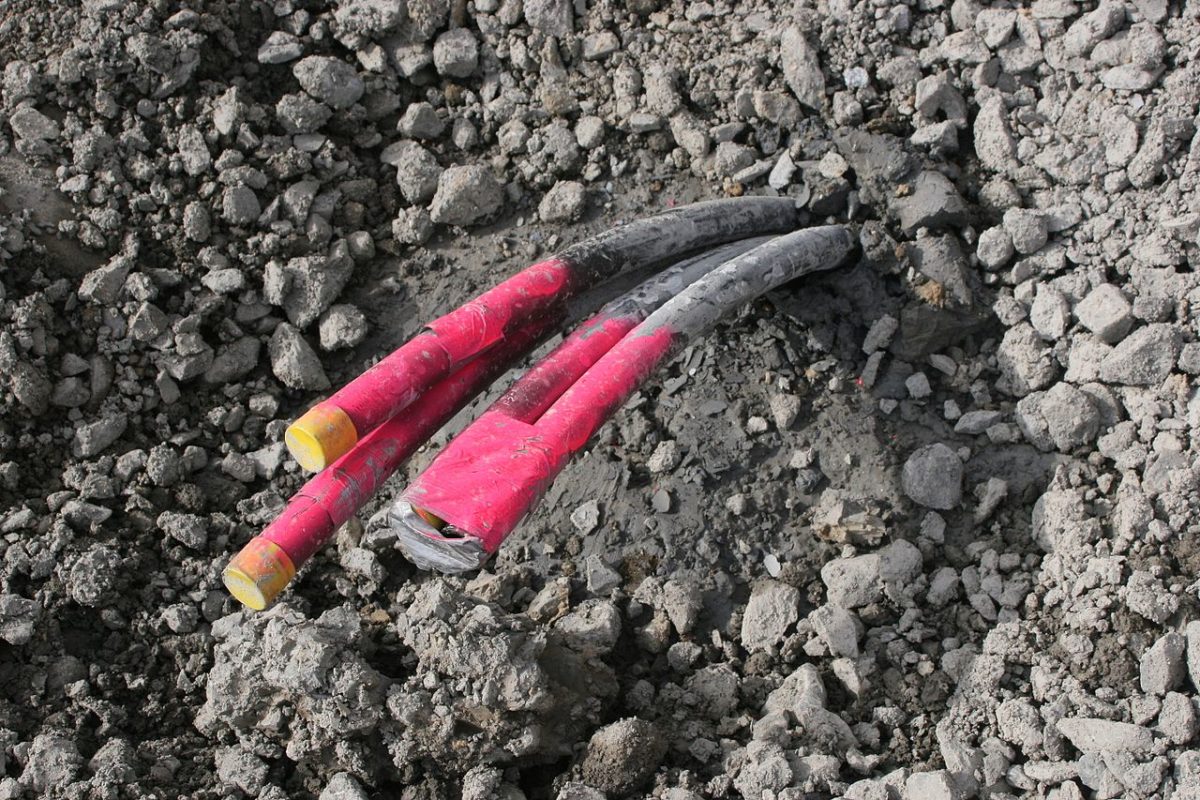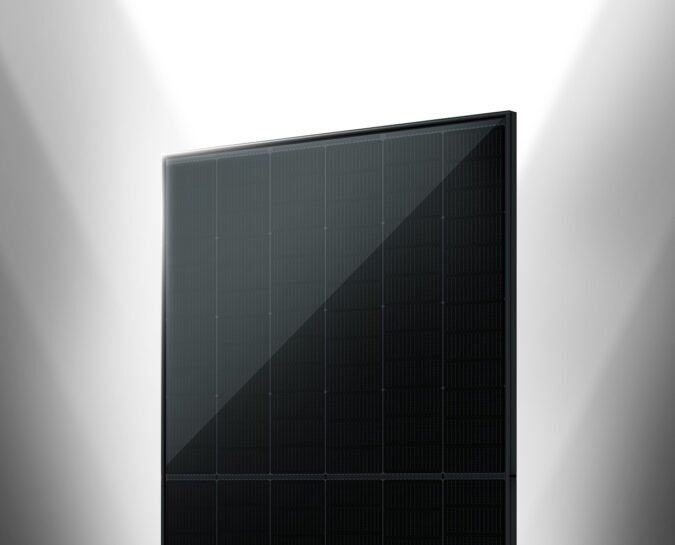An international research team has developed a novel PV-powered heat pump system that uses surplus electricity generation to charge up an underground thermal energy storage (UTES) facility, which in turn enhances the heat pump's activity.
Based on the simulation of three case studies, the system was able to save up to 14% of energy in power-to-heat (P2H) operations and up to 39% for power-to-cool (P2C) operations.
“Solar photovoltaic installations have increased tremendously, giving rise to an enormous surplus of electricity generation, which has become an issue requiring alternative ways to be addressed,” said the academics. “A balance between generation and consumption can be provided by leveraging P2H and P2C approaches to utilize surplus PV electricity effectively. However, one of the primary issues in its application includes the lack of a sophisticated system configuration with an operational strategy coupled with simple or complex control methods to accomplish this balancing.”
The novel system was simulated in the TRNSYS 18 software. Its main operational method is the use of surplus PV energy in the spring and autumn, as heating and cooling are less demanded during those months. In the spring, the heat pump cools the UTES, later supporting cooling the following summer. In the autumn, on the other hand, the heat pump charges the UTES with heating, later supporting comfortable temperatures in the winter.
The proposed system simulation was applied to a public school building in Seoul, South Korea. Its 2,500 m2 roof was covered with PV panels with 21% efficiency to power an air-source water-load (ASWL) heat pump. It is assumed to have 160 kW heating and cooling capacities with 40 kW and 50 kW power consumption for cooling and heating, respectively. To convert the heat energy of the water to air that can be used in the heat pump, they also assumed a 4 kW heat exchanger with air and water flow rates of 10,000 l/s and 300,000 kg/hr, respectively.
The base scenario that was tested only used the PV-powered heat pump, while case 1 used a shallow UTES and case 2 deployed a deep UTES. Furthermore, the shallow installation consisted of 964 boreholes with a modified volume of 800 m3 and a depth of 1.5 m, and the deep UTES consists of 10 boreholes with a depth of 150 m and the same volume of 800 m3.
“The school building model was selected for simplicity, and it consists of four floors, each with a total external surface area of 1,312 m2 through which the thermal losses take place,” added the researchers. “The zone conditioning signal maintains the room temperature between 18 C and 22 C during the heating period and between 24 C and 28 C during the cooling period. The cooling and heating loads were 26.27 kWh/m2 and 52.69 kWh/m2, respectively.”
The simulation results showed that the seasonal coefficient of performance (SCOP) was increased by 9% and 27% in winter and summer, respectively, for case 1 and 9% and 25% for case 2. Compared to the base case, this resulted in energy savings in heating of 14% and cooling of 39% in case 1 and 13% and 36% in case 2.
“Cases 1 and 2 produced approximately the same self-consumption ratio (SCR) and surplus energy utilization ratio (SEUR), with approximate values of 81% for the SCR and 26% for the SEUR,” said the academics. “Additionally, the UTES thermal efficiency of approximately 60% and 52% were obtained for cases 1 and 2, respectively.”
The system was described in “Development and simulated evaluation of inter-seasonal power-to-heat and power-to-cool with underground thermal storage for self-consumption of surplus solar energy in buildings,” published in Energy Conversion and Management. The research team includes scientists from Kenya's University of Nairobi and South Korea's Korea Institute of Energy Research.
This content is protected by copyright and may not be reused. If you want to cooperate with us and would like to reuse some of our content, please contact: editors@pv-magazine.com.



1 comment
By submitting this form you agree to pv magazine using your data for the purposes of publishing your comment.
Your personal data will only be disclosed or otherwise transmitted to third parties for the purposes of spam filtering or if this is necessary for technical maintenance of the website. Any other transfer to third parties will not take place unless this is justified on the basis of applicable data protection regulations or if pv magazine is legally obliged to do so.
You may revoke this consent at any time with effect for the future, in which case your personal data will be deleted immediately. Otherwise, your data will be deleted if pv magazine has processed your request or the purpose of data storage is fulfilled.
Further information on data privacy can be found in our Data Protection Policy.